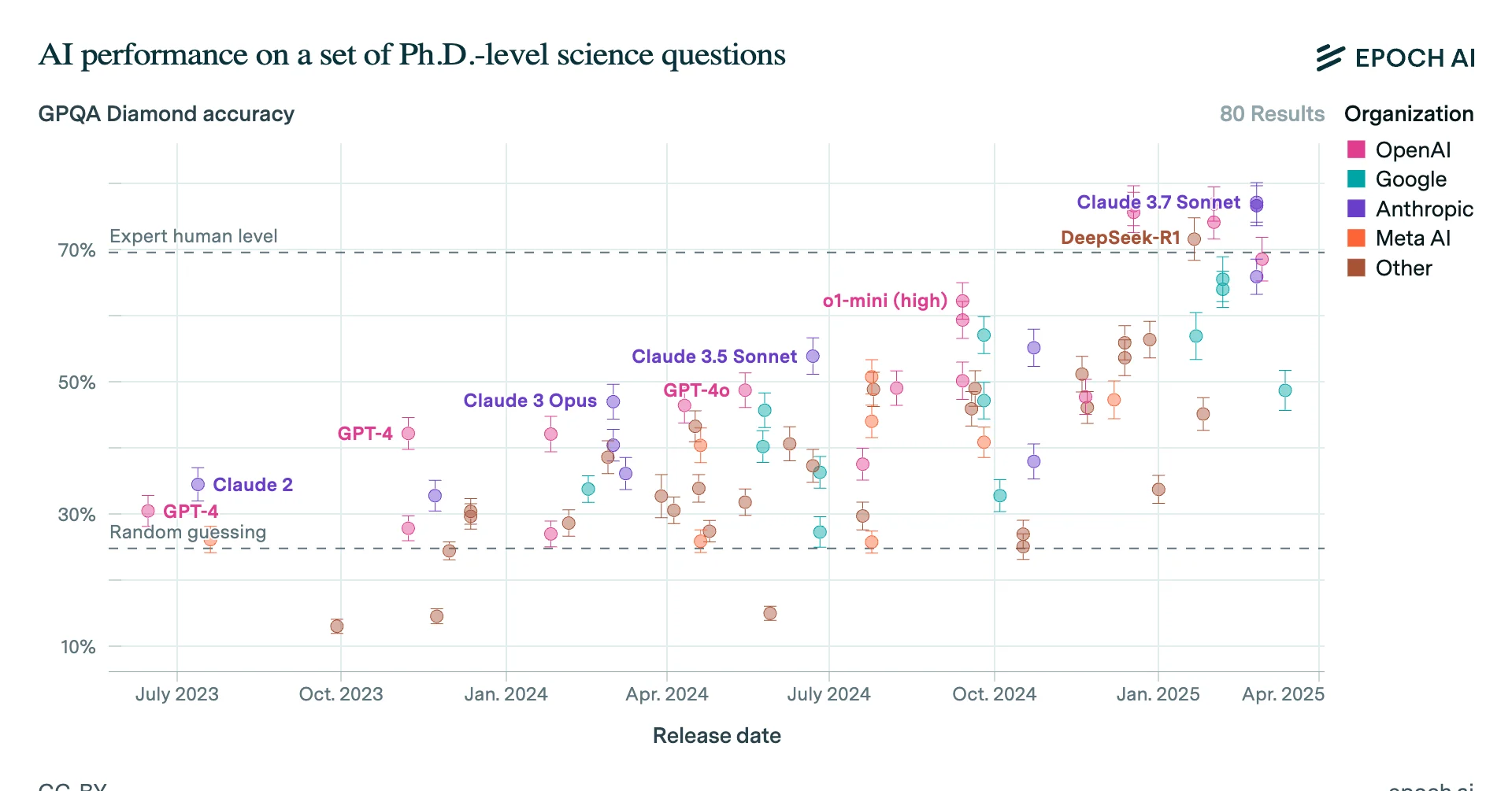For the exercise in this chapter, we will take some time to reflect on the ideas we’ve engaged with over the past chapters. Our goal is to take stock and to identify our concerns and uncertainties about EA ideas.
What are your concerns about EA? (15 mins.)
We’ve covered a lot over the last few chapters: the philosophical foundations of effective altruism, how to compare causes and allocate resources, and a look at some top priority causes using the EA framework.
What are your biggest questions, concerns, and criticisms based on what we’ve discussed so far? These can be about the EA framework/community, specific ideas or causes, or anything you’d like!
Reflecting back (45 mins.)
You’ve covered a lot so far! We hope you found it an interesting and enjoyable experience. There are lots of major considerations to take into account when trying to do the most good you can, and lots of ideas may have been new and unfamiliar to you. In this chapter we’d like you to reflect back on the program with a skeptical and curious mindset.
To recapitulate what we’ve covered:
Chapter 1: The Effectiveness mindset
Over the course of Chapters 1 and 2, we aim to introduce you to the core principles of effective altruism. We use global health interventions, which has been a key focus area for effective altruism, to illustrate these principles, partly because we have unusually good data for this cause area.
Chapter 2: Differences in impact
In Chapter 2 we continue to explore the core principles of effective altruism, particularly through the lens of global health interventions because they are especially concrete and well-studied. We focus on giving you tools to quantify and evaluate how much good an intervention can achieve; introduce expected value reasoning; and investigate differences in expected cost-effectiveness between interventions.
Chapter 3: Radical empathy
The next section focuses on your own values and their practical implications. During Chapter 3 we explore who our moral consideration should include. We focus especially on farmed animals as an important example of this question.
Chapter 4: Our final century?
In this chapter we’ll focus on existential risks: risks that threaten the destruction of humanity’s long-term potential. We’ll examine why existential risks might be a moral priority, and explore why existential risks are so neglected by society. We’ll also look into one of the major risks that we might face: a human-made pandemic, worse than COVID-19.
Chapter 5: What could the future hold? And why care?
In this chapter we explore what the future might be like, and why it might matter. We’ll explore arguments for “longtermism” - the view that improving the long term future is a key moral priority. This can bolster arguments for working on reducing some of the extinction risks that we covered in the last two weeks. We’ll also explore some views on what our future could look like, and why it might be pretty different from the present.
Chapter 6: Risks from artificial intelligence
Transformative artificial intelligence may well be developed this century. If it is, it may begin to make many significant decisions for us, and rapidly accelerate changes like economic growth. Are we set up to deal with this new technology safely?
Now, trying answering the following questions:
What topics or ideas from the program do you most feel like you don’t understand?
What seems most confusing to you about each one? (Go back to that topic/idea and see if there are any further readings you can do that would help you address your uncertainties and explore any concerns. Do those readings. Consider writing notes on your confusion, stream-of-consciousness style.)
List one idea from the program that you found surprising at first, and which you now think more or less makes sense and is important? How could this idea be wrong? What’s the strongest case against it?
List one idea from the program that you found surprising at first, and think probably isn’t right, or have reservations about. What’s the strongest case for this idea? What are your key hesitations about that case?



I feel questions 1 and 2 are essentially the same, with the second having a more partitioned approach. Did I overlook some important difference between them?